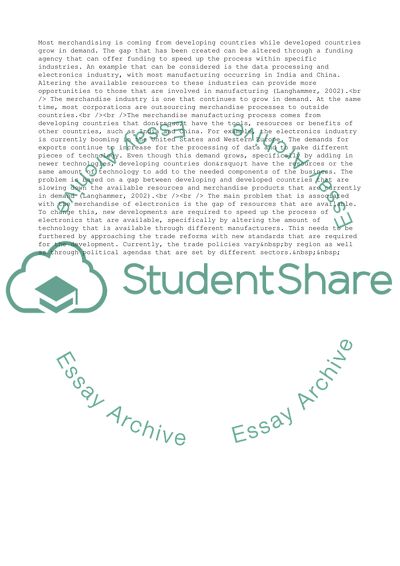Cite this document
(Enhancing Production of Merchandise Companies through Resources Research Paper, n.d.)
Enhancing Production of Merchandise Companies through Resources Research Paper. Retrieved from https://studentshare.org/management/1741742-developing-a-merchandise-plan
Enhancing Production of Merchandise Companies through Resources Research Paper. Retrieved from https://studentshare.org/management/1741742-developing-a-merchandise-plan
(Enhancing Production of Merchandise Companies through Resources Research Paper)
Enhancing Production of Merchandise Companies through Resources Research Paper. https://studentshare.org/management/1741742-developing-a-merchandise-plan.
Enhancing Production of Merchandise Companies through Resources Research Paper. https://studentshare.org/management/1741742-developing-a-merchandise-plan.
“Enhancing Production of Merchandise Companies through Resources Research Paper”. https://studentshare.org/management/1741742-developing-a-merchandise-plan.


